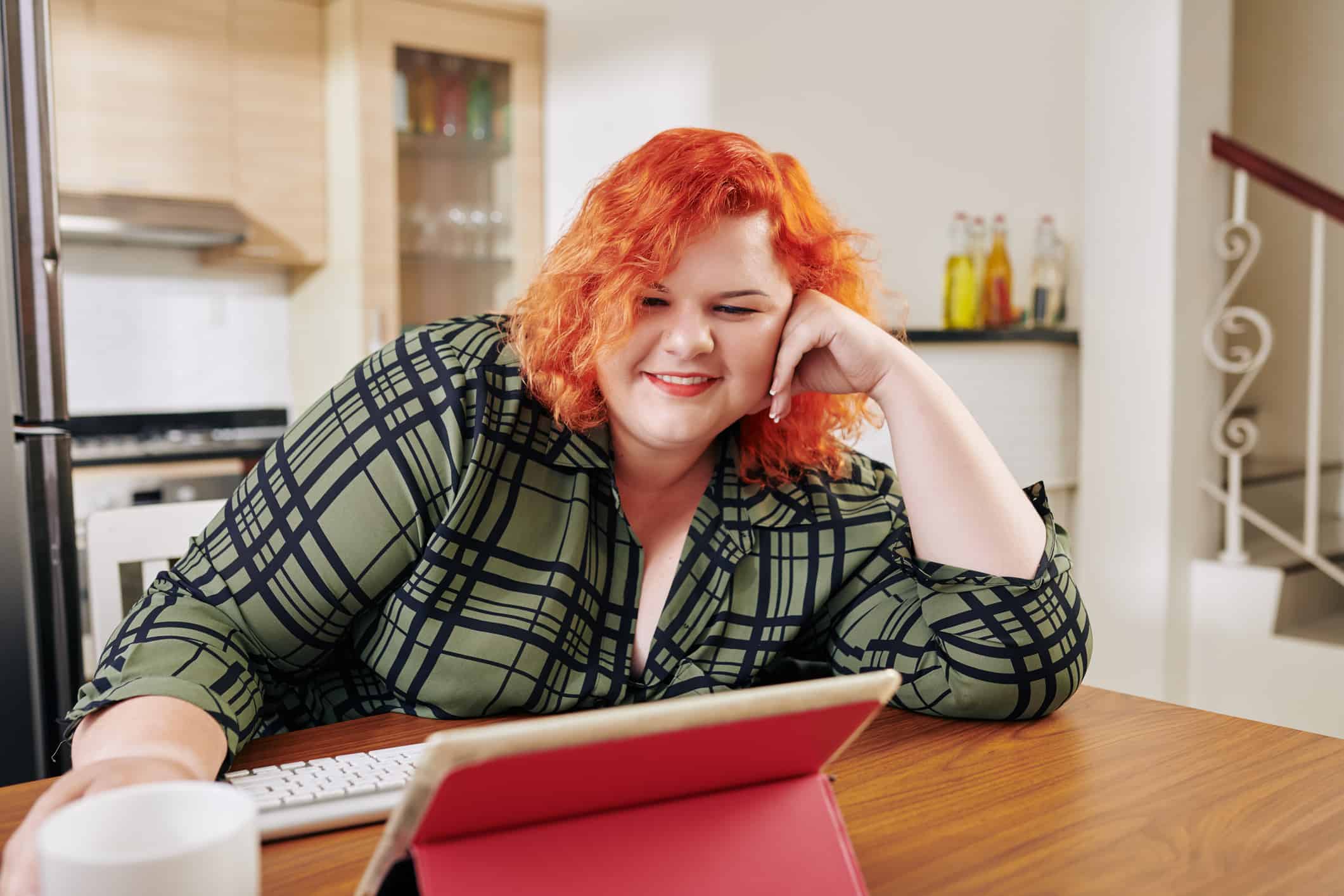A lot of people lately have been wondering how to invest in shares. In fact, analysis from Investing Reviews shows that, towards the end of September, UK Google searches for “how to invest” nearly tripled.
If I had a few hundred pounds of spare money and wanted to start investing in shares for the first time, here is how I would go about it.
Get clear about objectives
Deciding to invest in shares because other options look too expensive, or there was a story about the stock market falling, are not in themselves clear objectives, in my opinion.
If I was going to start investing, I would want to know exactly what I hoped to achieve. Trying to turn a fast buck would not be my focus. Instead, I would consider investing in shares I thought might pay me passive income in the form of dividends, or invest in companies I felt had good long-term growth prospects, or both.
Prepare to buy shares
Before I decided what shares would suit my objectives and looked attractive, I would want to be prepared to buy them once I had made up my mind.
So my first move would be setting up a share-dealing account, or a Stocks and Shares ISA.
Learn about the stock market
An important part of learning how to invest is understanding the way the stock market works. What a lot of novice investors do not understand is that a great business does not always make for a rewarding investment. If I pay too much for the shares, I could lose money even if the business performs well.
So I would want to learn about how to value shares. Take Greggs as an example. Its shops are plentiful and often have queues, which suggests business is strong. Customers might shop there multiple times in one week and the nationwide bakery has economies of scale. Those are attractive business characteristics in my view.
But does that make it a good investment? To value the shares, I would want to learn about the company’s earnings, its net debt, and free cash flow.
Do you think these things are too boring to get into? Then you are less likely to succeed over the long term in investing! All investors make mistakes sometimes, or just have bad luck. Learning how to value shares can hopefully cut out at least some bad decisions. That could help £300 go further.
Decide how to invest £300
With this knowledge, I would look at individual shares I might buy that may meet my objectives.
Ok, £300 is not a lot of money to split between different shares, but it is a good start. This principle of diversification is an important risk management principle as even the most promising company can suddenly run into unexpected difficulties. So I would split the £300 across two or three different shares, ideally across a range of business sectors.
I would focus on finding companies I felt had a long-term competitive advantage that could help them make profits. I would then consider their valuation – and whether to start building my portfolio with them.








